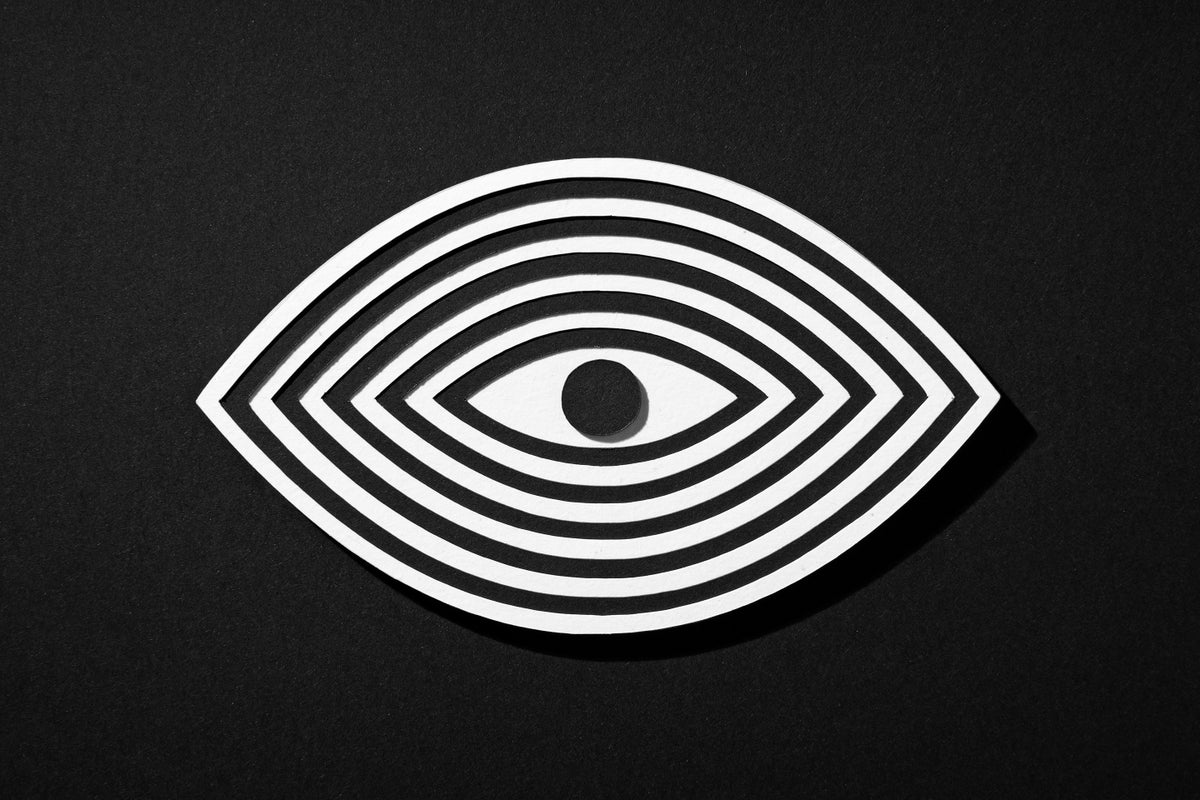The Müller-Lyer illusion.
If you’re enjoying this article, consider supporting our award-winning journalism by subscribing. By purchasing a subscription you are helping to ensure the future of impactful stories about the discoveries and ideas shaping our world today.
The idea that this simple illusion supposedly only worked in some cultures but not others compelled Amir, who now studies how culture shapes the mind. “I always thought it was so cool, right, that this basic thing that you think is just so obvious is the type of thing that might vary across cultures,” Amir says.
But this foundational research—and the hypothesis that arose to explain it, called the “carpentered-world” hypothesis—is now widely disputed, including by Amir herself. This has left researchers like her questioning what we can truly know about how culture shapes how we see the world.
When researcher Marshall Segall and his colleagues conducted the cross-cultural experiment on the Müller-Lyer illusion in the 1960s, they came up with a hypothesis to explain the strange results: difference in building styles. The researchers theorized that the prevalence of carpentry features, such as rectangular spaces and right angles, trained the visual systems of people in more wealthy, industrialized cultures to perceive these angles in a way that make them more prone to the Müller-Lyer illusion.
Ebbinghaus illusion.
But they did find cultural differences in visual tasks that relied more on attention and interpretation. When Chinese participants were asked to describe an image they had just seen, they tended to describe the background more than the objects in the foreground, whereas U.S. participants did the opposite. For example, given an image of a red bike set against the background of a vibrant lawn, Chinese participants would focus on providing detail about the green grass, whereas U.S. participants would describe the red bike.
“The tasks that yielded differences in our study tended to tap into linguistic descriptions and slow, effortful reasoning processes,” Frank explains.
Linking the behaviors of specific cultural groups to larger concepts always comes “with the risk of overgeneralization,” Chatterjee says. “Stringently ascribing a list of behaviors to specific categories like ‘East’ and ‘West’ can blind us to the true reasons behind the differences in behavior.”
Similarly, Amir says that when tying a perceptual difference to a specific aspect of culture, such as carpentry or collectivism, researchers should think hard about what they are truly measuring and avoid making too many assumptions, especially those that involve cultures outside their own.
For example, in one recent preprint paper that has not yet been peer-reviewed by other researchers, a team found differences in both visual attention and perception between members of the Himba tribe in rural Namibia and participants from urban parts of the U.K. and the U.S. When viewing a complex black-and-white image called the Coffer illusion, Himba participants focused on circular parts of the image while urban participants picked out the rectangular parts first. More research would be needed, however, to ascribe this difference causally to disparities between the shapes of each group’s buildings.
“I do think the general call to arms to study cognition across cultures is really important,” Amir says. “Some things might vary, and some things might not, but careful studies can potentially reveal both.”
Some initiatives are attempting to do just that. Frank and his colleagues began the Learning Variability Network Exchange (LEVANTE) project to improve cross-cultural comparison of learning and cognition across development. He also participates in large team science initiatives, such as ManyBabies, that bring together research groups from around the world to share methods and data. “Critically, in all of these efforts, there is ‘local’ representation, meaning that the research team includes individuals from the groups being studied,” Frank says. “These issues are super tricky, but I’m excited that we are moving forward as a field.”
Nora Bradford is the current news intern at Scientific American, a freelance science writer and a Ph.D. student in cognitive science. Follow Bradford on Bluesky @norabradford.bsky.social
If you enjoyed this article, I’d like to ask for your support. Scientific American has served as an advocate for science and industry for 180 years, and right now may be the most critical moment in that two-century history.
I’ve been a Scientific American subscriber since I was 12 years old, and it helped shape the way I look at the world. SciAm always educates and delights me, and inspires a sense of awe for our vast, beautiful universe. I hope it does that for you, too.
If you , you help ensure that our coverage is centered on meaningful research and discovery; that we have the resources to report on the decisions that threaten labs across the U.S.; and that we support both budding and working scientists at a time when the value of science itself too often goes unrecognized.
In return, you get essential news, captivating podcasts, brilliant infographics, , must-watch videos, challenging games, and the science world’s best writing and reporting.
There has never been a more important time for us to stand up and show why science matters. I hope you’ll support us in that mission.
Thank you,
David M. Ewalt, Editor in Chief, Scientific American
Source: www.scientificamerican.com
